Architectural salvage brings a piece of history into your home. Reclaimed wood, chippy-painted doors, antique signs, and other salvaged pieces add old-world character to homes both old and new. And since you're reusing an existing piece instead of purchasing new, decorating with architectural salvage can be a sustainable way to furnish your home.
Before you set out on the hunt for salvaged treasures, there are a few things you should know, including what to look for when shopping and how to tell if the material is safe to use in your home. Use these tips on shopping for and reusing architectural salvage to make the most of your reclaimed finds.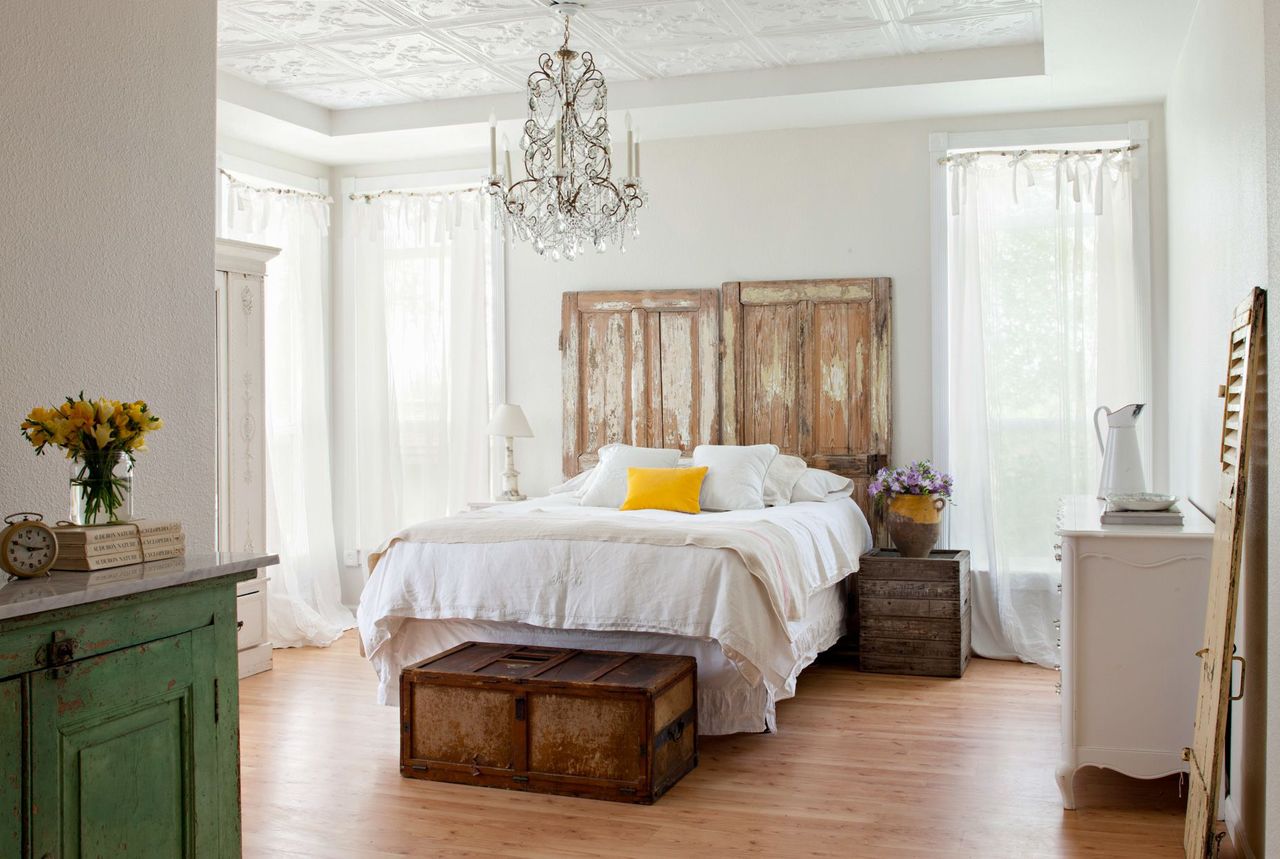
1. Know where to shop for architectural salvage.
To find antique treasures and reclaimed wood, hunt architectural salvage or building supply stores, Habitat for Humanity ReStores, and reclaimed-lumber dealers. Even some big-box stores carry reclaimed wood, and you can often find smaller pieces at flea markets and vintage and antiques shops. Websites like Etsy and eBay are also helpful resources for one-of-a-kind finds. On Craigslist and Facebook Marketplace, you can both search and post requests for items.
2. Ensure a good fit.
Measuring is critical to ensure an antique piece fits and functions properly in your home. For example, doors are popular salvage items, but their dimensions can be an odd fit in modern openings. You might have to reframe the opening to make it work. Measure the item and your space carefully before you buy.
3. Check return policies.
Even with good measurements, it's hard to know whether a salvaged piece will work in your home. Know a store's policies in case you need to put something on hold before you buy it or return a less-than-perfect find.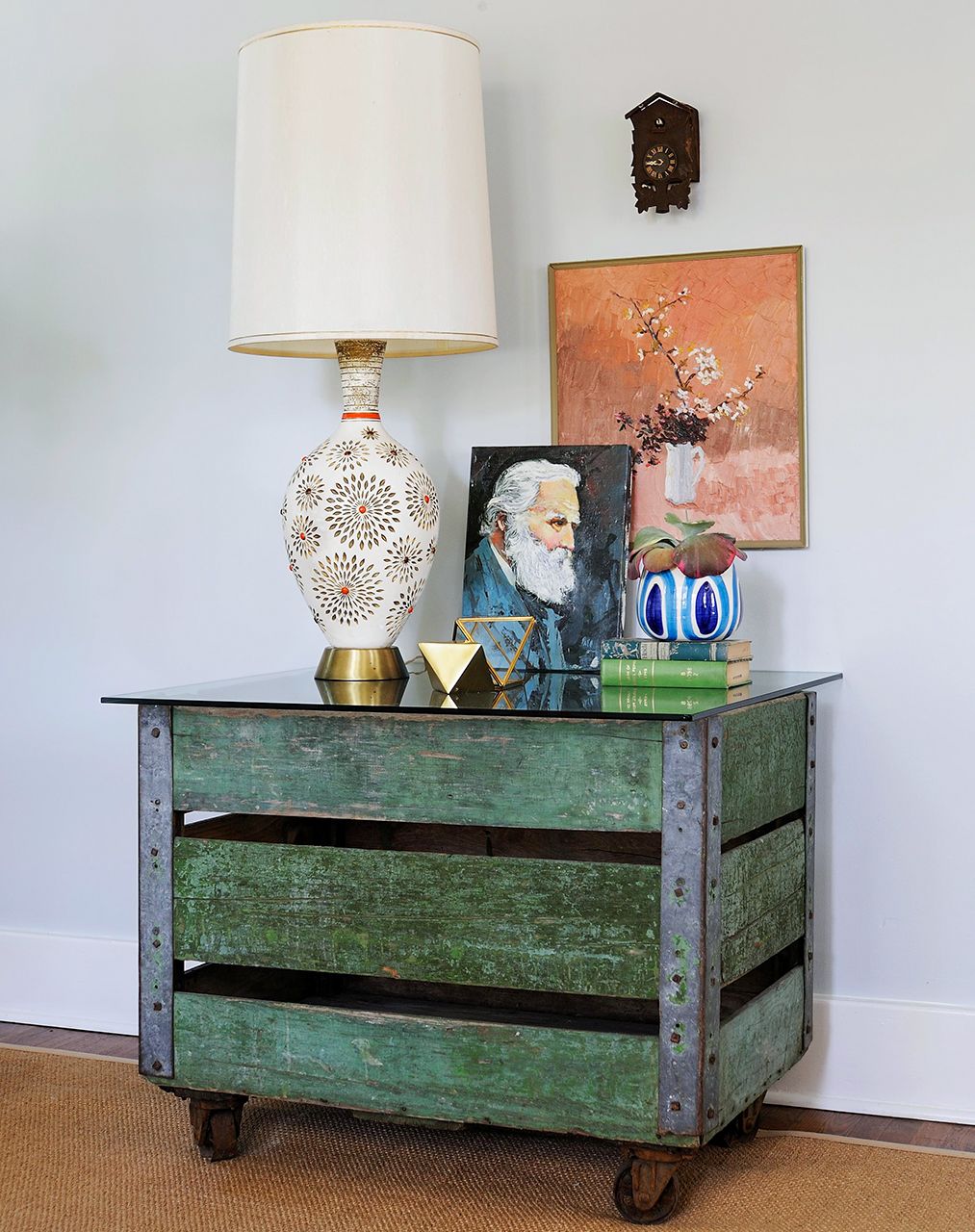
4. Clean salvaged wood before decorating.
Before bringing salvage such as reclaimed wood into your home, clean it carefully using a stiff nylon brush ($7, Target). If the wood is in good condition, you can run it under a faucet, hose, or pressure washer. Especially for old barnwood, you should also inspect it for bugs. Wood that has been kiln-dried won't likely harbor lingering creepy-crawlies.
5. Test for lead paint.
The chippy patina of previously painted wood is part of architectural salvage's charm, but there could be danger lurking within. An instant test kit ($10, The Home Depot) can quickly confirm the presence of lead in paint, but it's always prudent to take precautions. Work outside away from your home's doors and windows, and wear proper protection when dealing with chippy-painted wood. Even taking precautions, you might want to avoid bringing anything that's actively chipping or flaking into your home, especially if you have young children or pets. In some cases, spray-painting the piece with a clear sealant can keep it from dropping dangerous paint chips.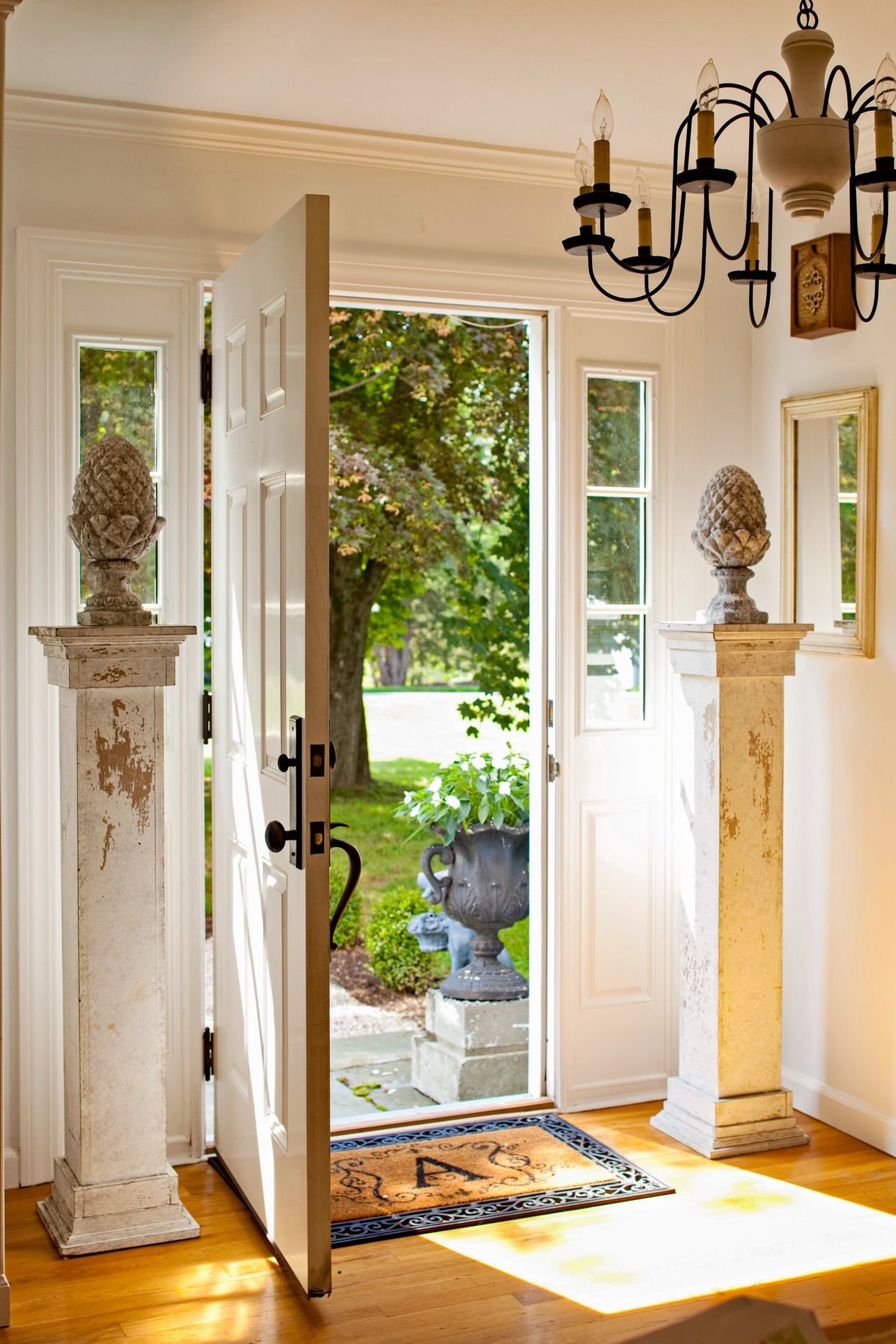
6. Repurpose decorative columns.
Salvaged columns can introduce a stately sense of character to your home. The variety of styles available can complement a range of decorating styles. However, not all antique columns are suitable for holding up walls, so plan to use them only decoratively. Outdoors, concrete or stone column fragments add classic appeal.
7. Showcase aged pieces.
Small pieces of architectural salvage serve as inexpensive accents when displayed prominently on shelves or side tables. You can typically decorate with these as-is; the peeling paint and worn patinas only enhance their appeal. Wood rosettes, for example, are miniature pieces of art that you can find for a reasonable price at many salvage shops.
8. Look for hardware details.
Hardware, including unique locksets, hinges, and drawer pulls, fills bins and counters at almost every salvage shop. You probably won't find enough to outfit your entire house, so display your new treasures prominently and look for complementary modern versions to fill the rest of your hardware needs. Make sure the pieces are functional before installing.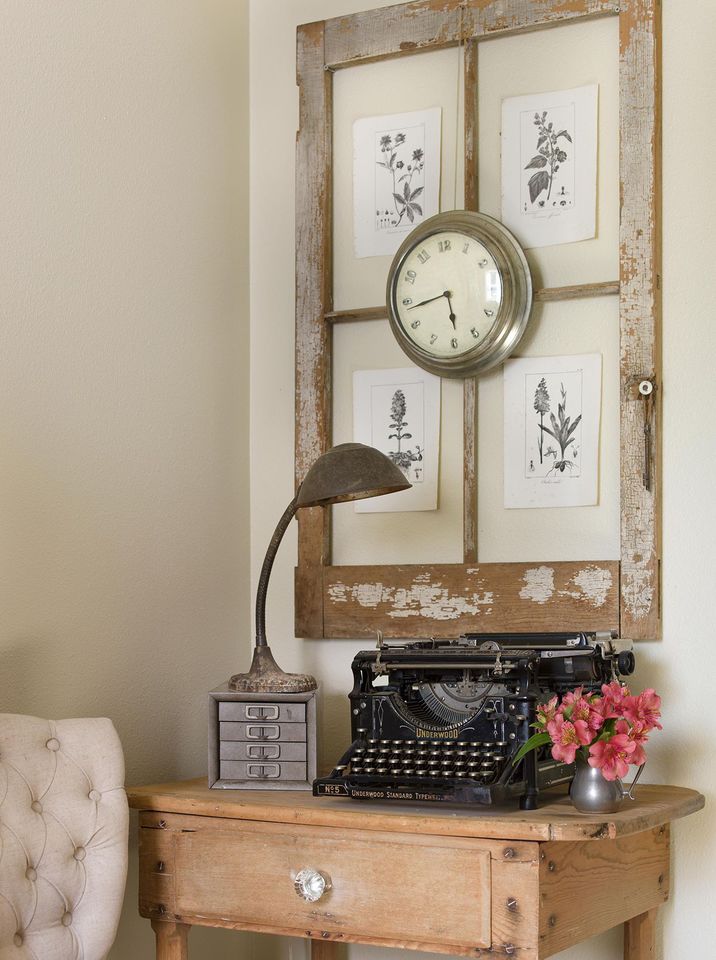
9. Put architectural salvage to creative use.
If you find a piece of architectural salvage you love but can't find a use for it, think creatively. An old window sash, for example, can serve as a frame for vintage-style wall art. Or, when hung in a kitchen pass-through, it can act as a room divider.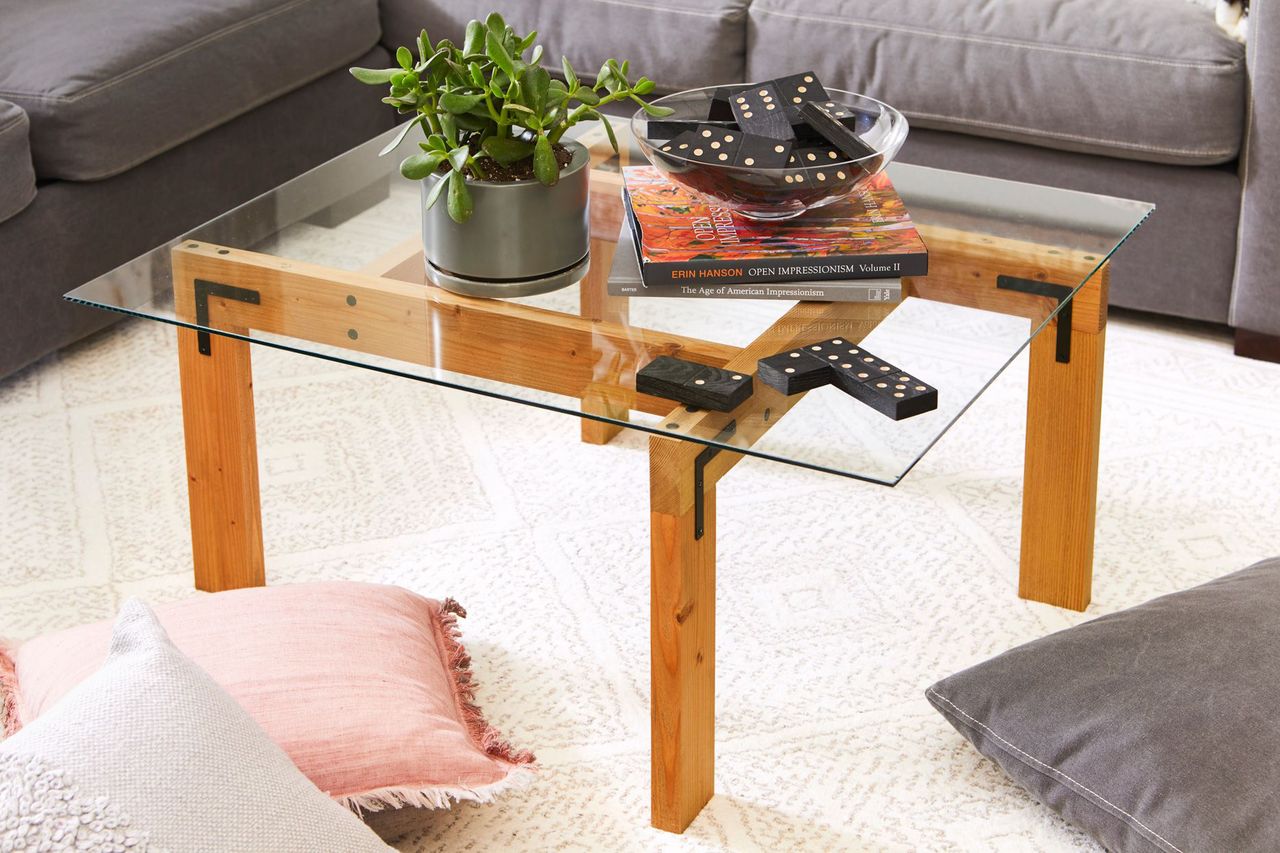
10. Try a DIY project with architectural salvage.
Architectural salvage provides beautiful materials for all sorts of DIY projects. Try combining elements both old and new to create artful furniture pieces. You can craft a new coffee table, for example, by connecting pieces of reclaimed wood with corner braces. A glass top keeps the handiwork in view.



![A Tranquil Jungle House That Incorporates Japanese Ethos [Video]](https://asean2.ainewslabs.com/images/22/08/b-2ennetkmmnn_t.jpg)









